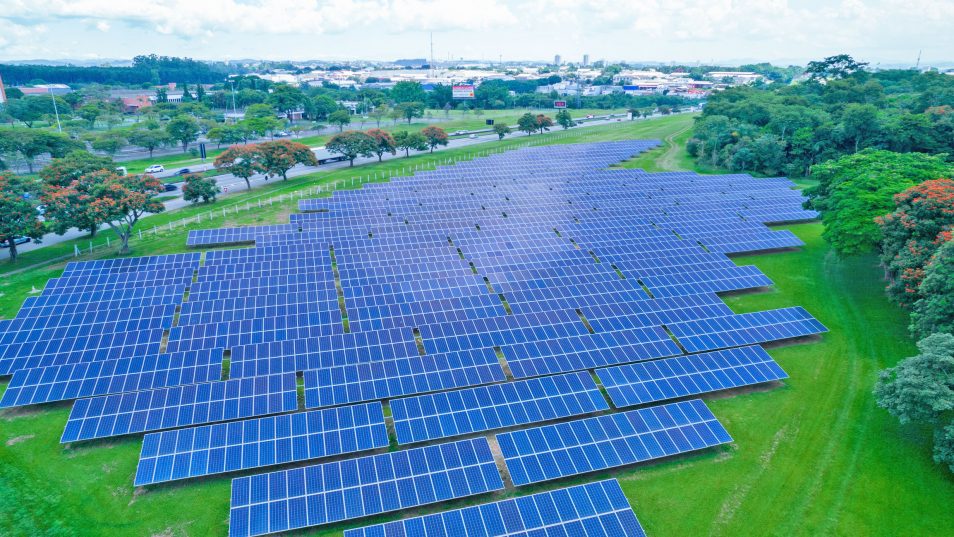Five facts relating to the DWIH focus topic “Sustainable innovations”
 © iStockphoto/Pedro Truffi
© iStockphoto/Pedro Truffi
Rain gardens, microparks and electric busses: when it comes to sustainable urban planning, Brazil is a pioneer, and the metropolitan region of São Paulo is leading the way.
Brazil generates over 85% of its electricity from renewable sources.
Few other countries can boast such clean energy mixes as Brazil. Hundreds of hydropower dams and an increasing number of wind and solar farms have made the country a world leader in the use of renewable energy. Teams of scientists at Brazil’s universities are developing innovative ways of using biomass. In addition, the country enjoys ideal conditions for producing the green hydrogen, which is key to so many hopes for the energy transition.
Start-ups in 27 technology parks around São Paulo are refining sustainable innovations.
As of 2021, there were 15,000 start-ups and scale-ups, along with 21 unicorns, and more and more entrepreneurs are making their way to Brazil. São Paulo is capital of the state which shares its name, and it is the start-up stronghold of Latin America. According to the Global Startup Ecosystem Ranking, the city of São Paulo has been climbing the global rankings, reaching 16th place by 2022. With the expansion of 5G and attractive regulations for start-ups, the chances look good that the city will climb further in future.
At least 2,600 electric buses are expected to be on the streets of São Paulo by 2024.
Back in 2005 the city joined the C40 initiative, a network of just under 100 global cities with a mission to shape a more sustainable future. With over 13,000 vehicles, the metropolis has one of the largest bus fleets in South America. Now, the city’s transport authority SPTrans has banned the purchase of new diesel buses after the end of 2022. Diesel buses which are currently in operation will remain in use until they are retired as planned. Thanks to these changes, this armada of buses will become an e-mada in the next few years.
São Paulo is adorned with over 200 ‘rain gardens’,
and that number is expected to rise to 400 by 2024. Rain gardens are environmental water retention systems which protect against flooding and help regulate high water levels. The majority of the rain gardens are green spaces which include special types of ground cover, plants and micro-organisms, all of which offer many additional benefits, filtering the water before it seeps into the ground. And the trees do an excellent job of filtering the air, too. They also improve the visual appearance of the mega-metropolis.
The Brazilian city of Fortaleza plans to build 30 microparks by 2024.
Fortaleza is capital of the state of Ceará in the north of Brazil and is the economic powerhouse of the region. With 34km of beaches it also attracts huge numbers of tourists. Now the city aims to make it easier for visitors and its 2.7 million inhabitants to access sustainable leisure facilities, so over the next few years it’s transforming over 40 unused sites into city parks with green spaces, community allotments, play areas and sports equipments. The International Association of Horticultural Producers awarded the project its World Green City Award in 2022.
